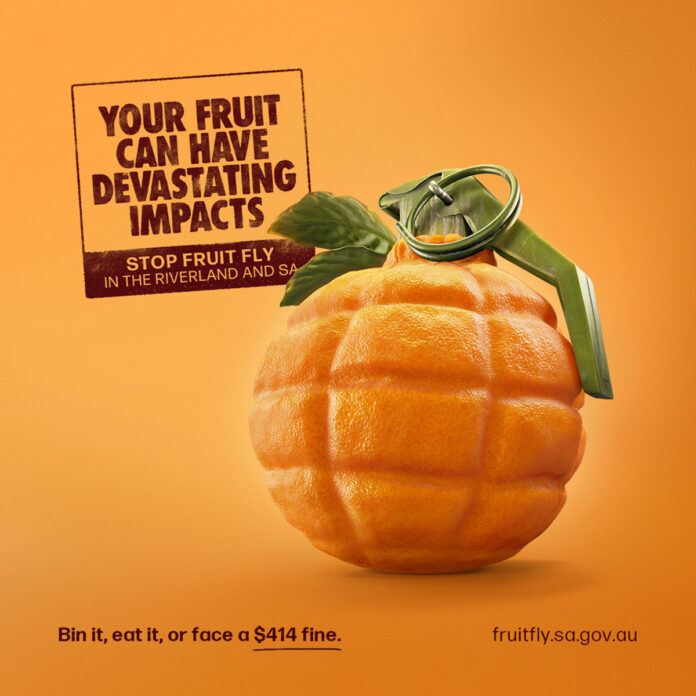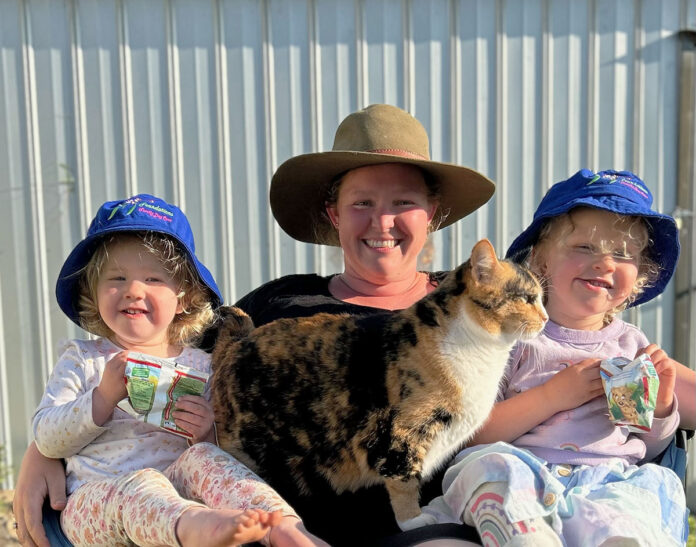Below average rainfall received in significant areas of South Australia during July and August may limit crop potential after a promising start in autumn and early winter, according to PIRSA.
Nonetheless, crop development is progressing well with cereals, canola and pulses at or past flowering.
Grain production for 2023/24 is estimated to be 9.0 million tonnes, based on the continued assumption that crop yields will be close to the 10-year average.
It should be noted that at this stage of the season, grain crops are highly sensitive to extreme temperatures and the occurrence of frost and hot winds can significantly impact yield.
Rainfall through spring will be critical for the crops to reach their full potential.
The crop mix prediction for the 2023/24 season has been adjusted due to an increase in lentil area being observed, predominantly on the Eyre Peninsula at the expense of pasture area.
The predicted area of other crop types remains relatively unchanged.
The Bureau of Meteorology has confirmed the El Niño pattern, active over the Pacific Ocean which typically leads to decreased rainfall for central and south-east Australia.
The subsequent climate outlook predicts a warm and dry period throughout spring and leading into summer.
Wet and windy conditions during June and July meant delays in weed control leading to higher levels of ryegrass.
The first signs of stripe rust in wheat and leaf rust in barley also occurred in the past month, prompting foliar fungicide applications to protect crop yield potential.
High mouse numbers have prompted some growers to undertake aerial baiting.
Crop damage at present is limited but there are concerns for the prospect of increasing mice populations with warmer weather in spring.
Aphid numbers are also on the rise as the weather warms.
Field slugs have impacted establishment of significant areas of crops in the Southeast and higher rainfall areas of the Mid North.
Baiting programs have been effective.
Pasture growth is good with high amounts of quality feed available and livestock condition throughout South Australia is good.
Declining beef and lamb prices have prompted a number of producers to retain livestock on-farm rather than accepting lower prices at market.
If lower livestock prices continue, further scaling back of sheep numbers is expected next season, with mixed livestock/crop producers increasing their focus on cropping opportunities instead.
Department of Primary Industries and Regions Industry Partnerships and Intelligence general manager Matthew Palmer said the drying conditions were not ideal but crops continued to develop well and yield estimates remained on track.
“We had good subsoil moisture levels through winter and those conditions built on a good start to the season,” he said.
Grains Producers SA chief executive Brad Perry said at this stage of the season, most grain producers were looking for 30 millimetres of rain and not 30 degrees in temperature.
“The latest Crop and Pasture Report estimates above average production of nine million tonnes for 2023/24 and that is largely thanks to stored sub-soil moisture,” he said.
“It’s been a patchy season with some cropping regions looking like they will return strong yields, while there are other areas that have thin crops due to moisture stress.”




